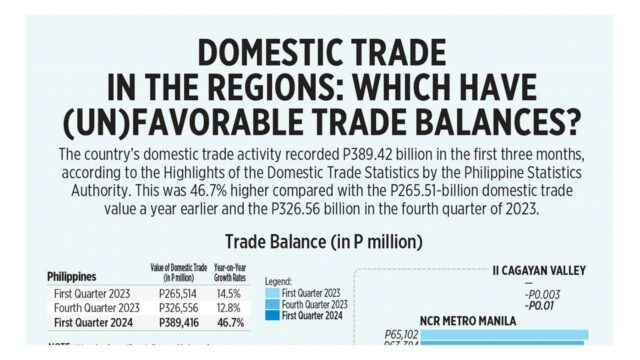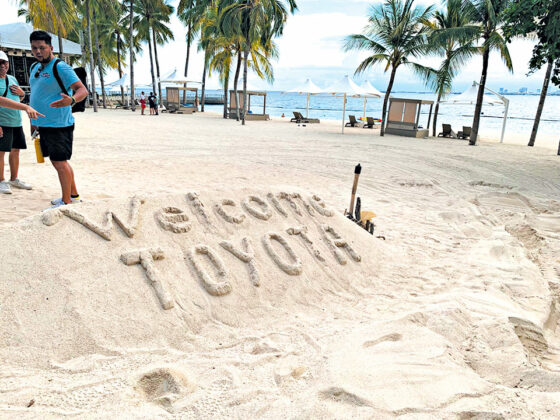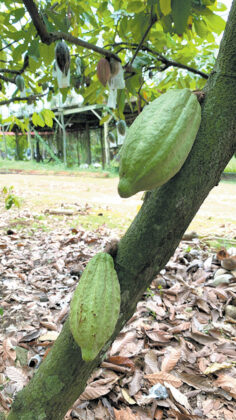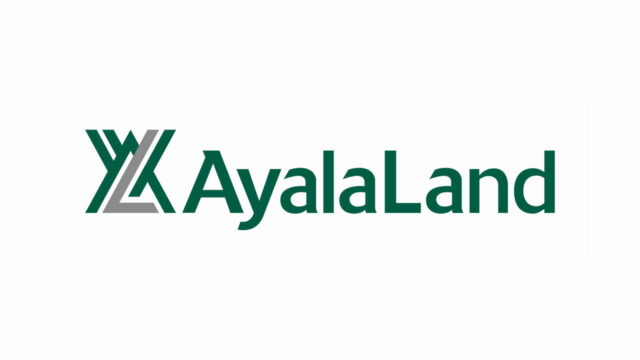The public perception of the importance of vaccines for children declined during the COVID-19 pandemic in 52 out of 55 countries. This was revealed by the UNICEF report published entitled “State of the World’s Children 2023: For Every Child, Vaccination.”
One of these countries is the Philippines, where the perception of the importance of vaccines for children declined by about 25%. The global report warned that a total of 67 million children missed out on vaccinations between 2019 and 2021, with vaccination coverage levels decreasing in 112 countries during that period.
Of the 67 million children globally, who missed out on routine vaccination between 2019 and 2022, 48 million did not receive a single routine vaccine (“zero-dose”). The Philippines recorded one million zero-dose children, the second highest in East Asia and the Pacific Region, and the fifth highest globally.
The report also warned the confluence of several factors suggest the threat of vaccine hesitancy may be growing. Vaccine hesitancy refers to delay in acceptance or refusal of safe vaccines despite availability of vaccination services. Although the COVID-19 pandemic has ended, growing access to misleading information, declining trust in expertise, and polarization remain. Vaccine hesitancy contributes to low immunization coverage which puts children at risk of death, disability, and illness from vaccine-preventable diseases.
The country’s fully immunized child (FIC) coverage rate, meanwhile, increased from 59.9% in 2022 to 62.3% in 2023 and our measles-containing vaccine (MCV2) coverage rate increased from 63.7% in 2022 to 69% in 2023. Despite extensive efforts by the Department of Health (DoH) and the National Immunization Program (NIP), these figures still fall short of the 95% target coverage for routine immunization among children.
The UNICEF report attributed vaccine hesitancy in the Philippines to cultural factors and concerns on vaccine safety. A recent study sheds light on the underlying factors that fuel vaccine hesitancy in the country, particularly in rural areas. Conducted by reach52, the study aimed to identify the reasons for vaccine hesitancy and delayed vaccinations in six municipalities in Region 6 (Western Visayas). The reach52 is a HealthTech social enterprise with the mission to redesign healthcare to reach 52% of the world’s population without access to essential health services.
From December 2023 to January 2024, focus group discussions (FGDs) were conducted with two groups of 62 parents of children under five years of age, as well as in-depth interviews with 23 local health workers (municipal health officers, midwives and barangay health workers).
The first group consisted of parents/guardians whose children have not been vaccinated with or have missed doses of pentavalent, polio, or measles vaccines. The second group consisted of parents/guardians whose children have been vaccinated with or are on schedule with their pentavalent, polio, or measles vaccines. Among the parents of unvaccinated children, four barriers to childhood vaccination were identified.
First, complacency. A common assertion among parents was “vaccines are unnecessary” — a conviction either inherited from their own parents or derived from their environments such as misinformation spread in certain groups.
Second, safety concerns. The risk of adverse events following immunization (AEFIs) is a key factor driving vaccine hesitancy among parents whose children may have had experienced AEFIs in the past. On the other hand, parents with children getting vaccinated for the first time were worried about the risk or perceived risk of vaccines or vaccination rather than the risk of infectious diseases — a form of omission bias. Concern about their children receiving multiple shots also led parents to postpone vaccination.
Third, cost. To reach the vaccination center, some parents need to rent a motorbike or travel by boat and could spend up to P115 per trip. Needing to accompany their children to the vaccination center, some parents also stand to lose a day’s pay.
Lastly, poor health of the child on the day of vaccination, too many children to care for, migration, and religion also hindered the decision of some parents to have their children vaccinated.
The reach52 community operations and insight manager Rachel Alcalde-Dumlao noted that insufficient knowledge and understanding of vaccines are the root causes of vaccine hesitancy.
When asked about the diseases that the government-provided vaccines protect against, most parents said they “don’t know much/anything about it.” Others claimed the available vaccines were not discussed to them during immunizations, except for tuberculosis and pneumonia. In particular, many parents were not aware of the causes of vaccine-preventable diseases and their infectious nature, with some even possessing inaccurate information.
Educating parents is key to improving routine childhood immunization coverage, stressed Ms. Dumlao. She recommended emphasizing the importance of vaccination by reinforcing the messaging already employed by the DoH; reiterating that vaccines in the NIP are tried and tested, safe, effective, and free; explaining the diseases prevented by each vaccine; and highlighting the serious consequences of failing to vaccinate children.
The research-based pharmaceutical industry is one with the DoH and the medical community in enhancing health literacy, fighting misinformation, and increasing the country’s immunization coverage.
Teodoro B. Padilla is the executive director of Pharmaceutical and Healthcare Association of the Philippines (PHAP). PHAP represents the biopharmaceutical medicines and vaccines industry in the country. Its members are in the forefront of research and development efforts for COVID-19 and other diseases that affect Filipinos.






















